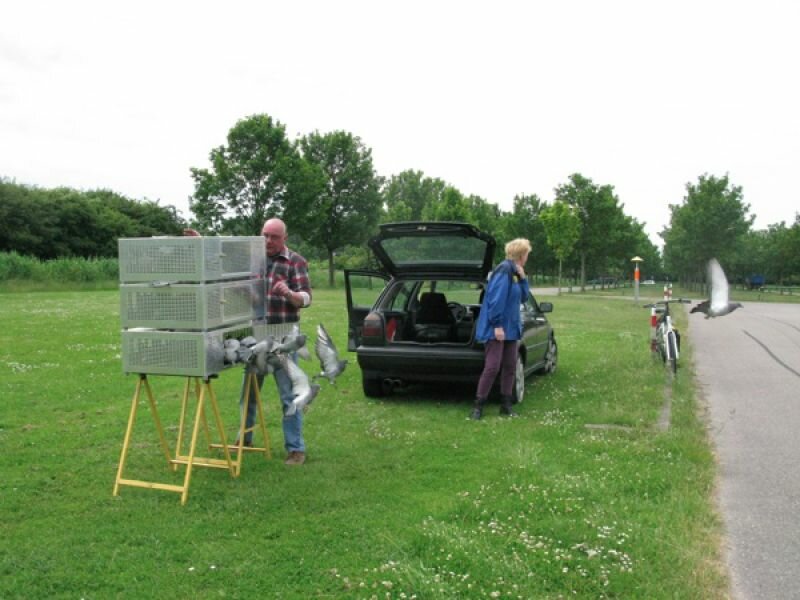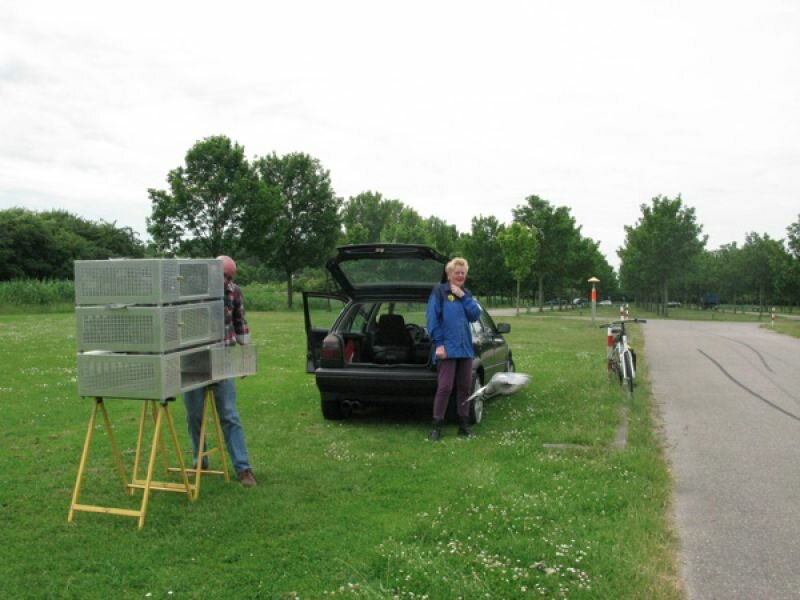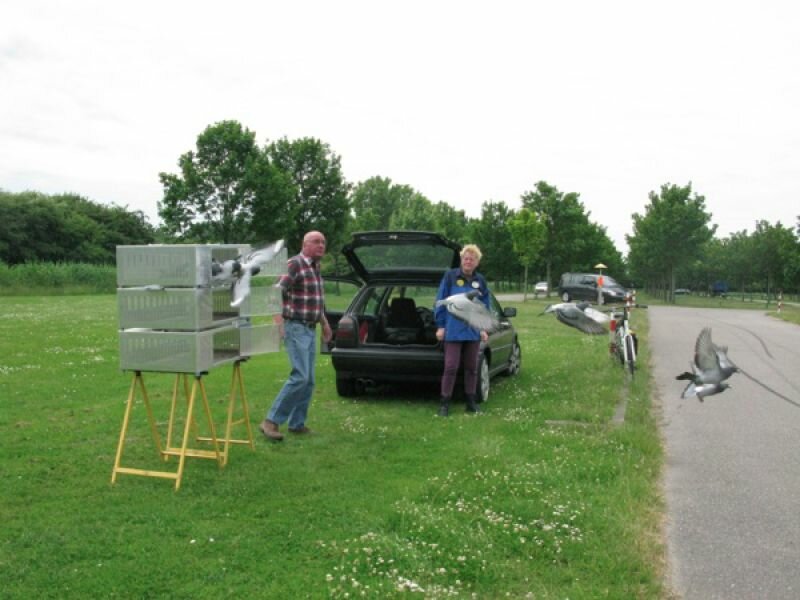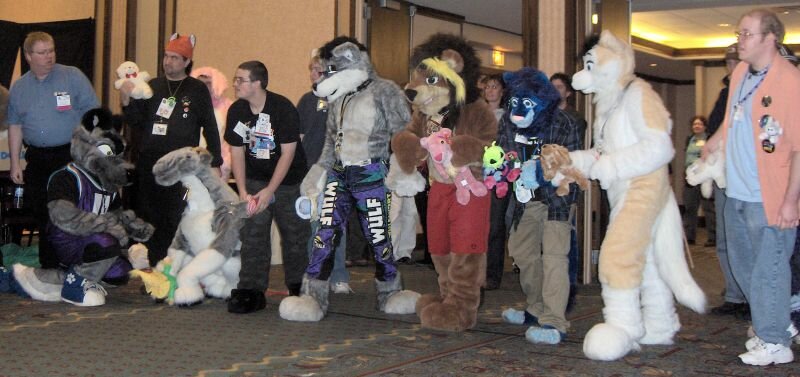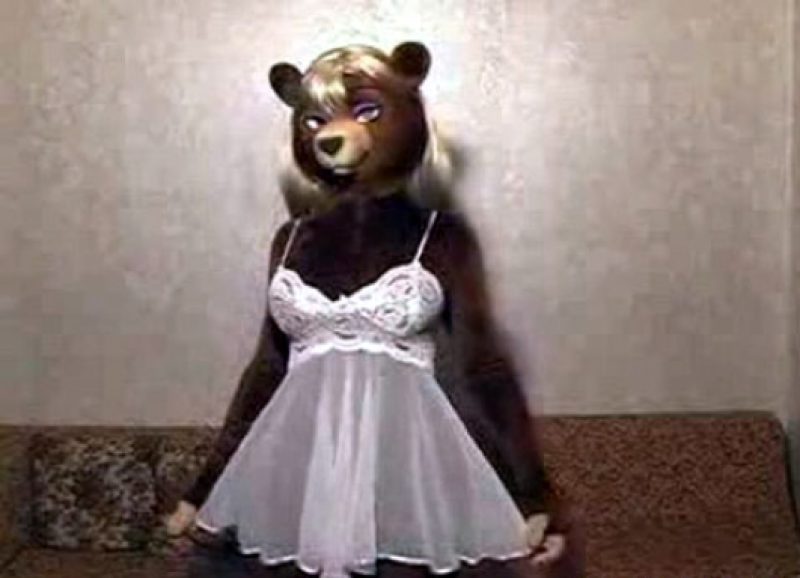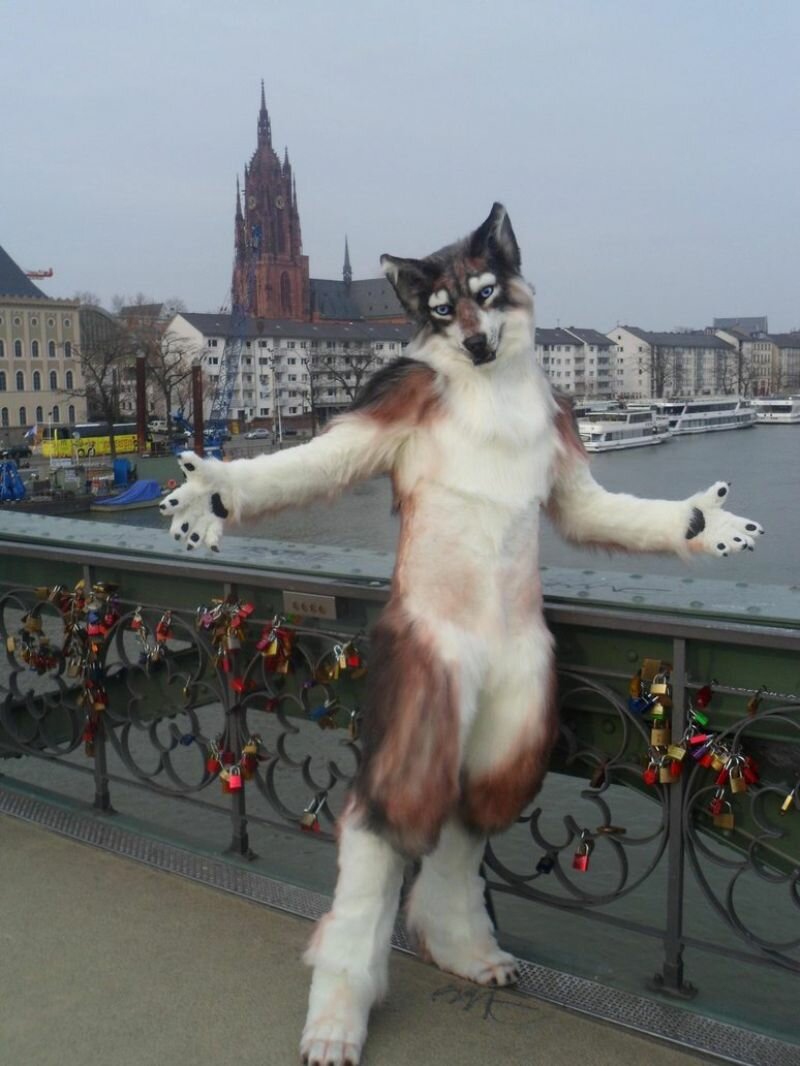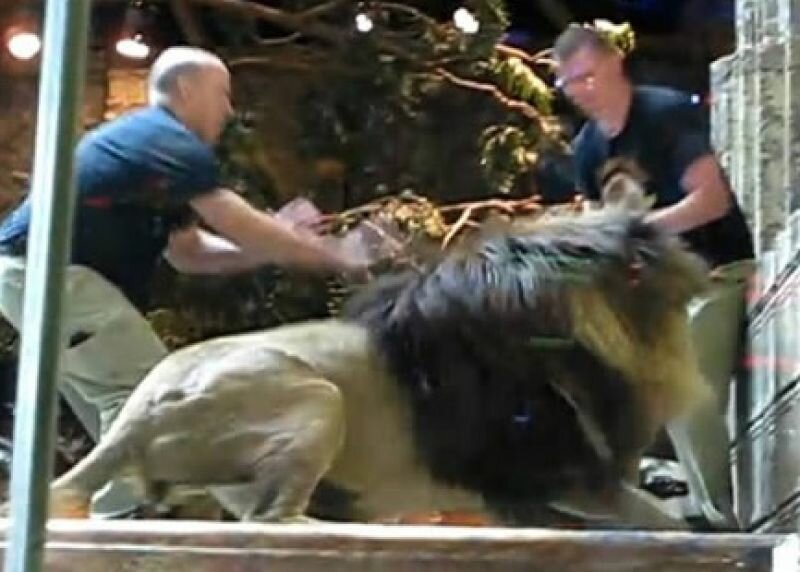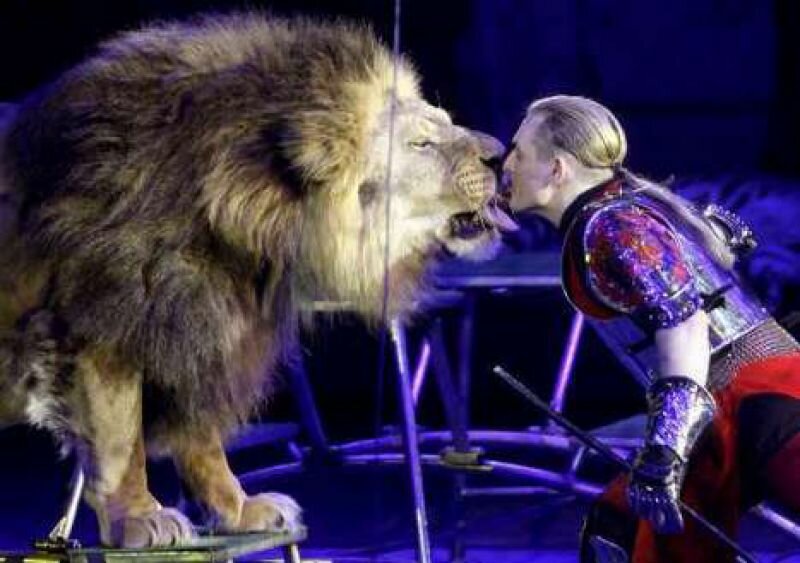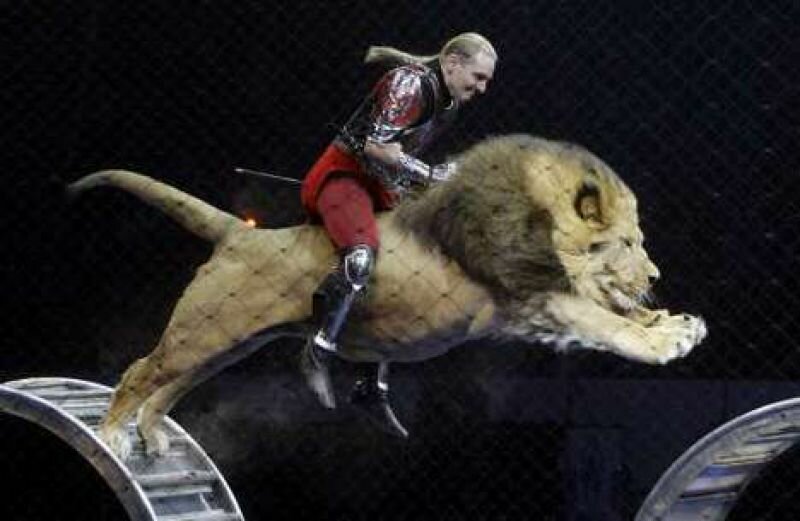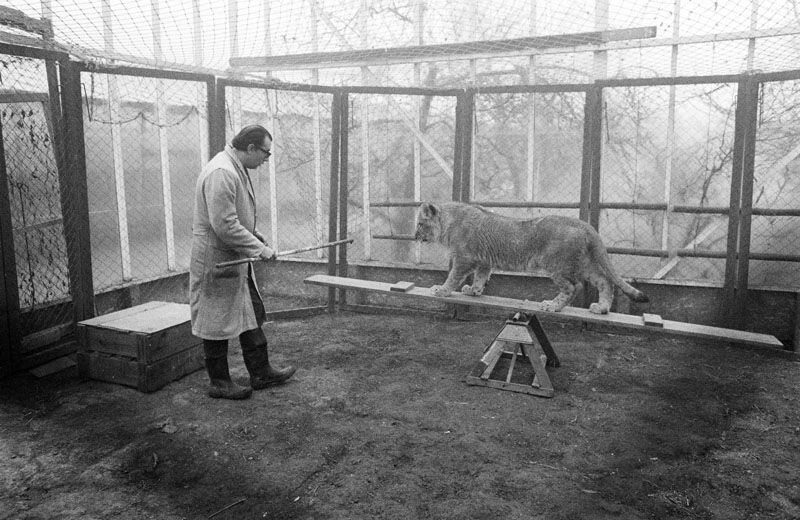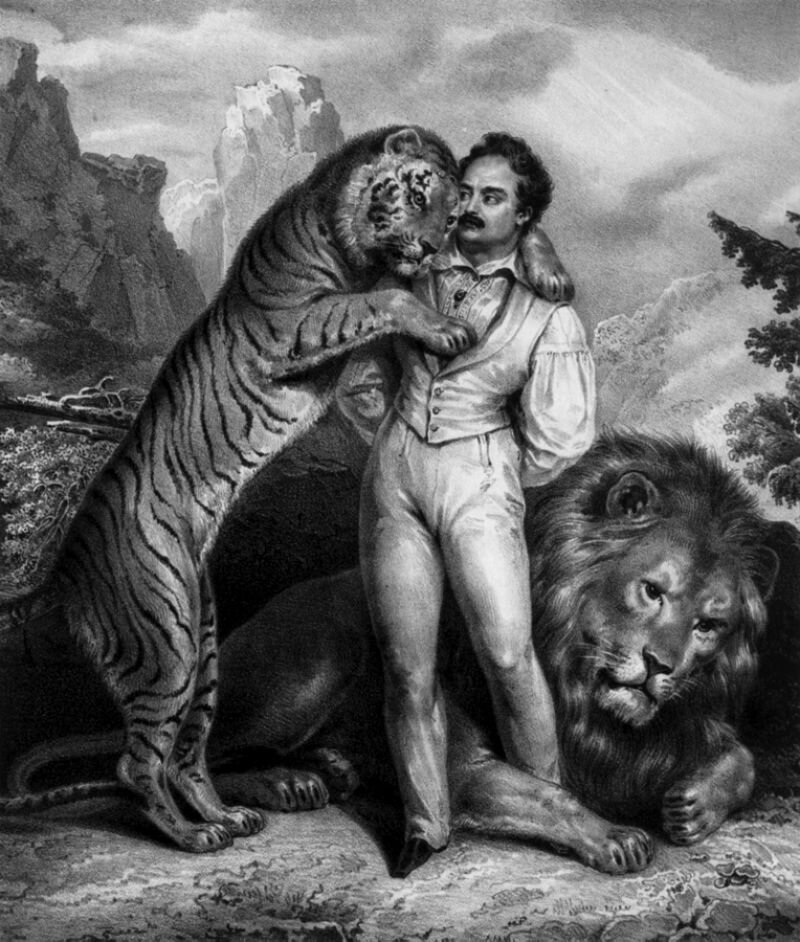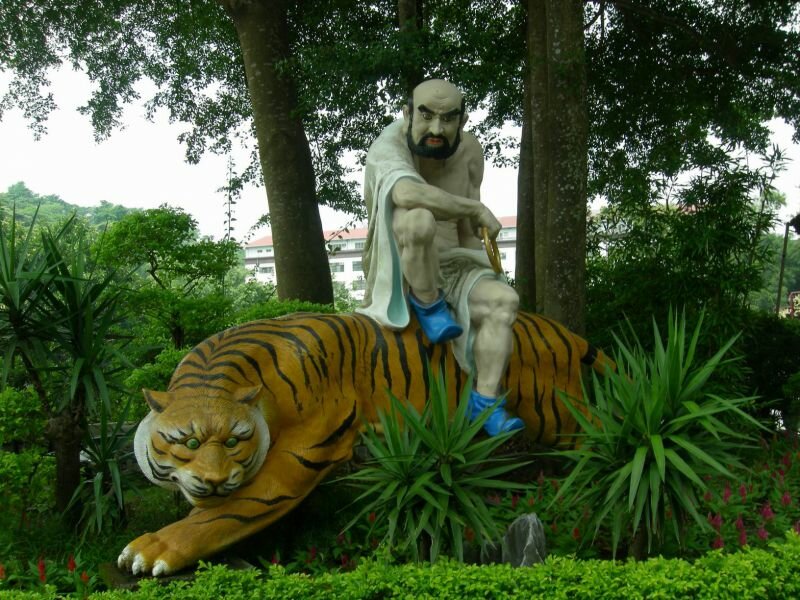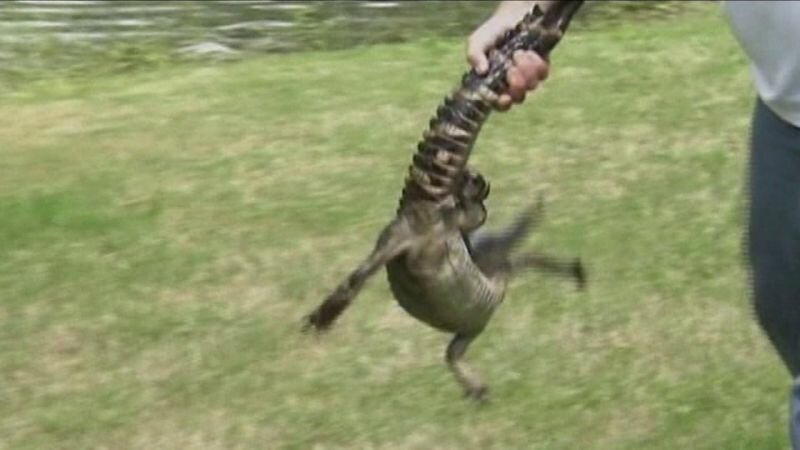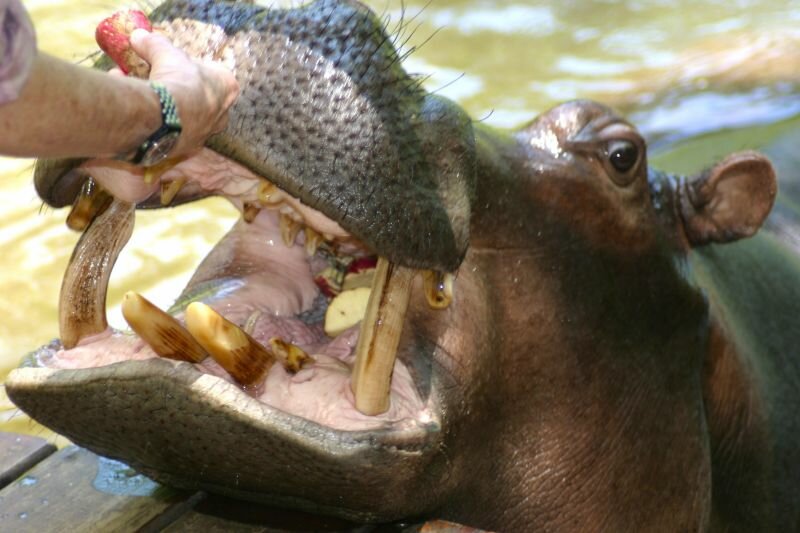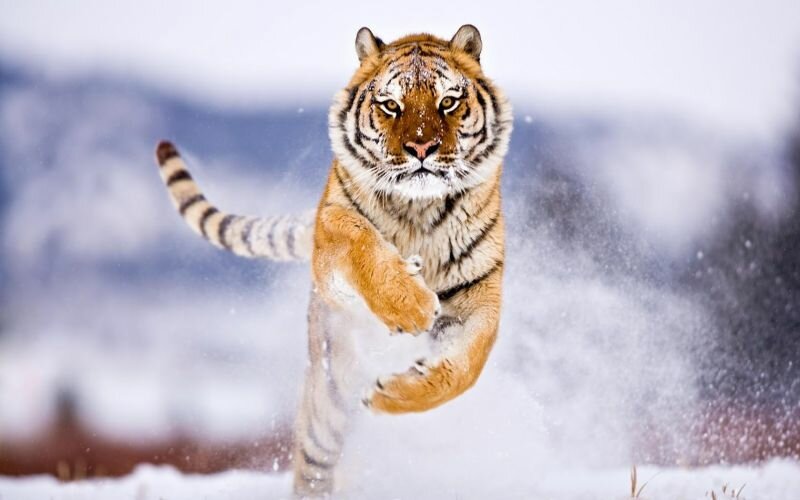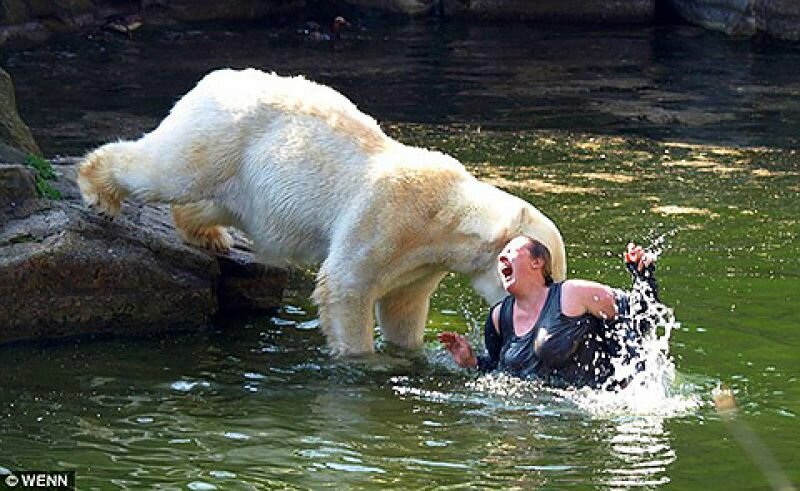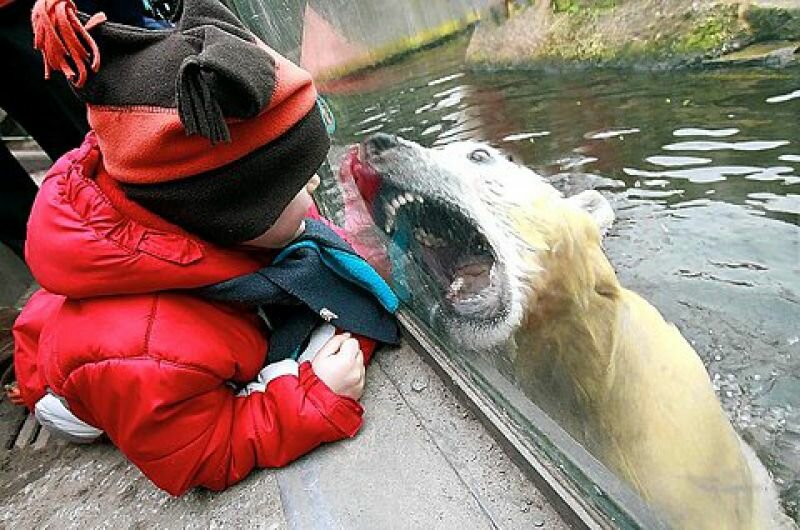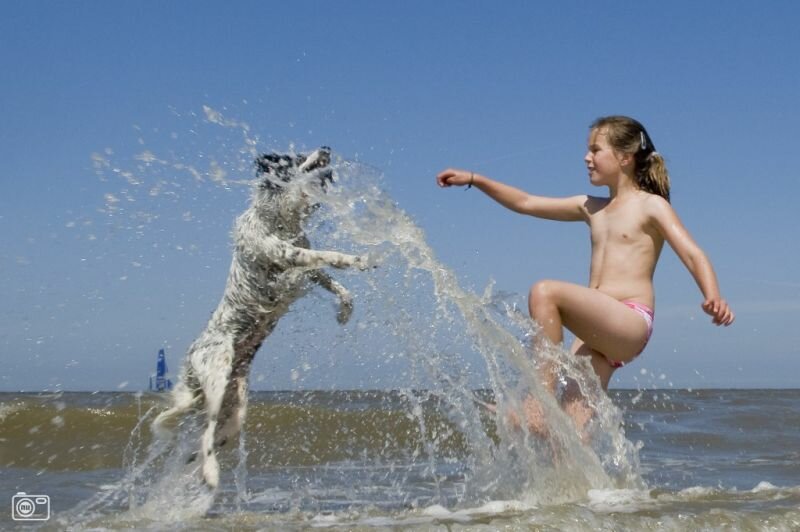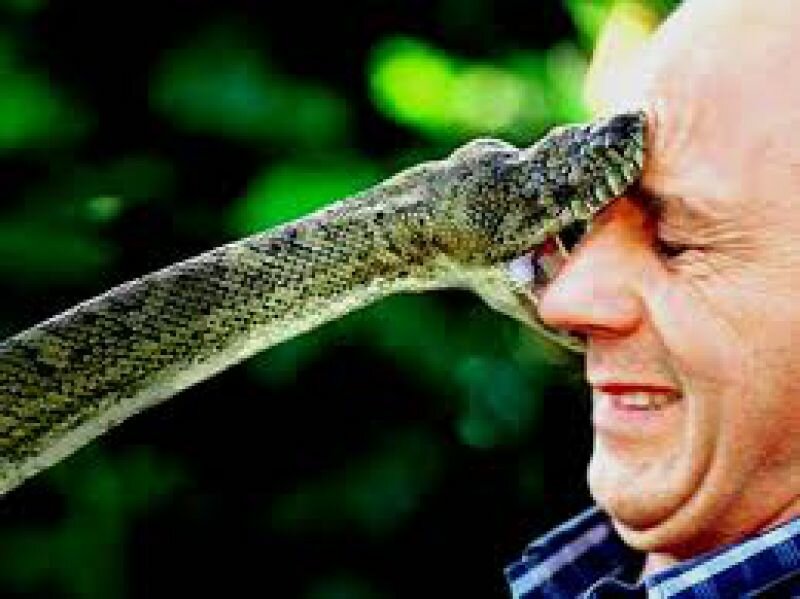
I often cycle from Amsterdam to the polder and cut through the Bijlmer. Yes, for the simple reason of finding pleasure and enjoyment in the cycle ride.
In the area that connects these two regions, I spot a large empty parking lot in the distance. There, in a small strip at the side, three aluminium boxes are piled on top of each other onto a construction with legs. Sort of like a three tiered barbeque. Beside it, a car is parked next to which a man and a woman are preparing a cup of tea. I ask them what they’re doing. Pigeons. They’ve transported these homing pigeons from Zaandam to here, where they’re training the pigeons to fly both long and short distances. Since they’ve only just arrived, the pigeons need to acclimatise for a little while, otherwise their orientation skills may falter.
There are some 57 pigeons in the aluminium construction. Later on, they’ll be released and will have to find their way home. Their sense of direction is guided by the magnetic field.
“Disruptions in the magnetic field have meant that the pigeons are becoming more prone to getting lost than before’, the homing pigeon hobbyist explains. ‘The magnetic field is disrupted by mobile phones, by everything that is sent via airwaves’. ‘Is there no more room in the air?’
‘For example, if you pay attention, you’ll see many pigeons in the Dam with a ring around their leg. These are carrier pigeons that have lost their way. In fact, the other day a man from Krommenie called me to see if I could pick up my pigeon from him. Pigeons fly in groups, first in a circle around the area where they’ve been released, then they’ll pick up speed and fly away. But nowadays they seem to get lost quite often.’
‘It’s a wonderful hobby’, the man excitedly tells me. ‘`It’s so relaxing.’ He bares his perfectly white teeth in a broad smile. When he speaks, saliva sputters in all directions, but, oh well, that’s probably just because of his dentures
Then they release the pigeons and I watch as they circle around and fly away, and they’re as beautiful as a flock of sparrows.
